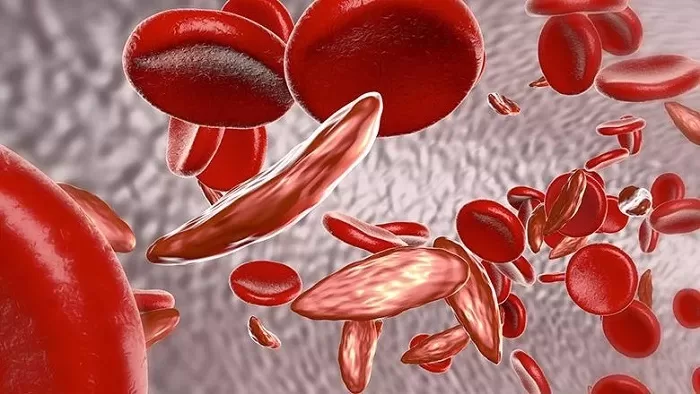Health
New Research Investigates Differences in Sickle Cell Disease Between the Sexes

An in-depth analysis as to why people of the female sex may have milder symptoms for sickle cell disease could provide a better understanding of these differences to support new therapies.
A new paper from researchers at King’s, in collaboration with Muhimbili University in Dar es Salaam, provides an in-depth analysis at why people of the female sex may have milder symptoms for sickle cell disease, specifically looking at differences in haemoglobin.
Sickle cell disease (SCD) refers to a group of diseases where red blood cells are rigid and abnormally shaped. This is due to the cells having an abnormal version of haemoglobin – the protein that allows red blood cells to carry oxygen. As a result of their shape and rigidity, they have a shorter lifespan and are more likely to block blood vessels causing vascular damage and inflammation.
It’s well understood that people with SCD have milder symptoms when they have more F-cells – a specific type of red blood cell with foetal haemoglobin. During the foetal stage, it’s common for red blood cells to have this version of haemoglobin but this is lost in most of your cells by adulthood. However, some people with SCD display higher than average levels of F cells, which researchers believe is due to their ability to survive longer in the bloodstream than the sickled versions of red blood cells.
The female biological sex has been identified as one factor that generally promotes a higher level of F cell circulation. In this study, researchers at King’s including Dr Stephan Menzel and Dr Sara El Hoss, from the Red Cell Haematology Lab, looked to compare F cell production and changes in their abundance between female and male SCD patients.
The results, published in the American Journal of Hematology, found that there were significantly higher levels of F-cells in female patients. This created a higher percentage of foetal haemoglobin without a significant difference in the total amount haemoglobin in the bloodstream.
Another interesting observation was made when looking at F-retics – a young version of red blood cells (with foetal haemoglobin) that are not yet fully developed. Results showed a higher percentage of F-Retics (when compared to mature red blood cells) in females. This suggests that a reason for the higher level in F-cells between the sexes is two-fold: more of them are produced in the female bone marrow, and such cells also have a better survival rate circulating in the bloodstream.
New potential therapies being developed for SCD are aiming to stimulate the development of foetal haemoglobin within patients. The researchers hope that understanding the causes behind this difference between the sexes will help the development of these therapies.
“The work illustrates our close collaboration with the group at Muhimbili University in Dar es Salaam. Dr Florence Urio, the first author, is a former Commonwealth Split-Site PhD Scholar at King’s, and transferred methods of F cell and F retic investigation to her lab in Tanzania.”
Dr Stephan Menzel, Senior Lecturer in the School of Cancer & Pharmaceutical Sciences
Source: King’s College London

















































